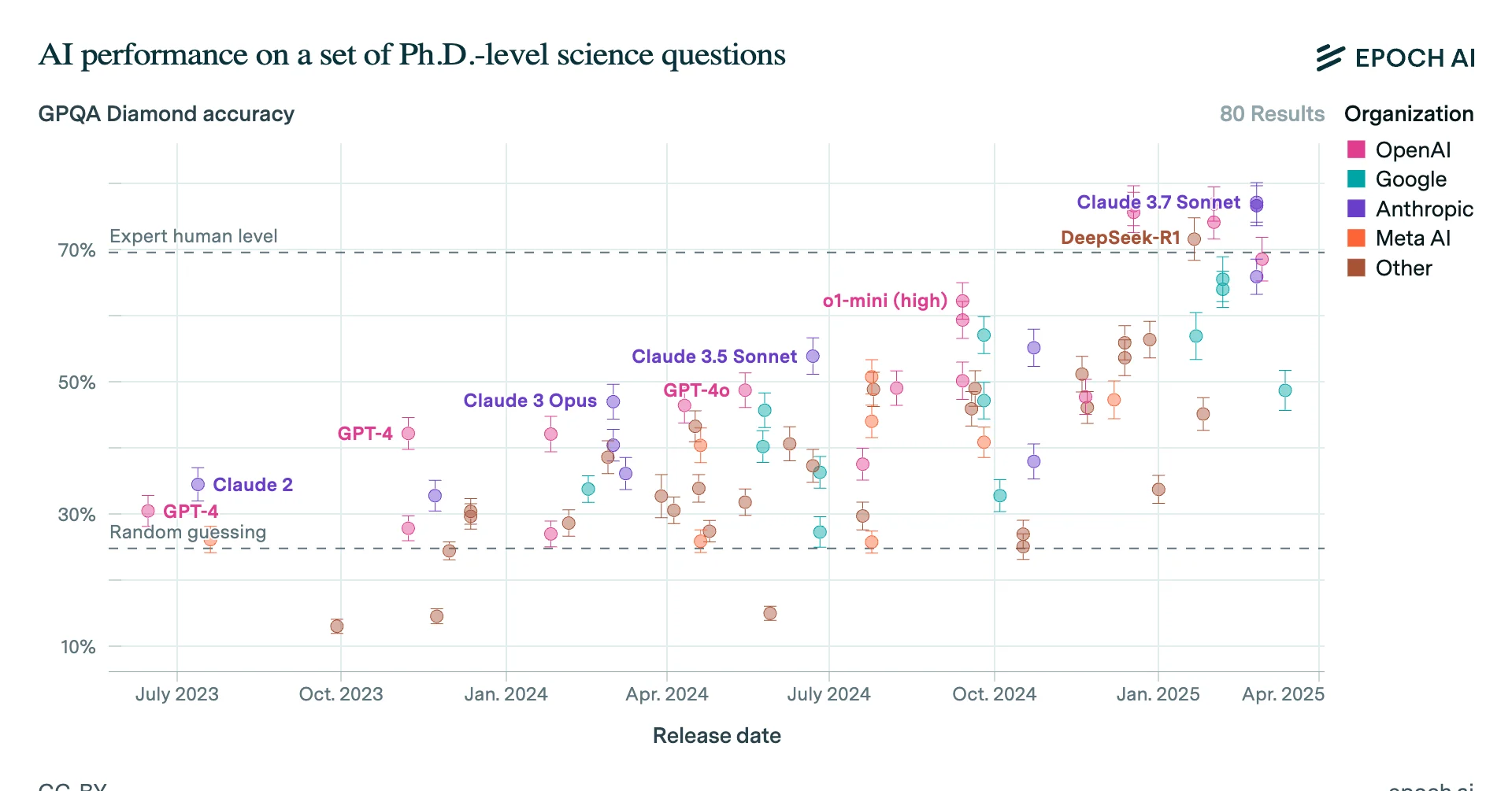by Holden Karnofsky, originally on the GiveWell Blog
GiveWell’s current top-rated charities focus on proven, cost-effective health interventions. These interventions appear to solve certain problems (malaria, parasites) quite well, while making no direct attempt to solve other problems (economic growth, education, gender equity, and more). One of the common lines of objection we get to these recommendations goes something like: “Why should I put all my money into fighting malaria, ignoring other important problems? Isn’t it unethical to ignore the other essential needs?”
We believe this objection commits the common fallacy of viewing the developed-world donor as the only person who can improve things for the beneficiaries. One term for taking this mentality too far is “Whites in Shining Armor” – often, in the media and in nonprofits’ communications, global poverty is presented as a simple fight between local problems and developed-world heroes. The problem is that as outsiders, we often havevery poor understanding of the true dynamics behind overseas problems – and by attempting to solve problems that we understand poorly, we can make things worse.
We fundamentally believe that progress on most problems must be locally driven. So we seek to improve people’s abilities to make progress on their own, rather than taking personal responsibility for each of their challenges. How can we best accomplish this?
Locally driven projects
A common and intuitively appealing answer is letting locals drive philanthropic projects.This answer has some appeal for us; we have written before about, and given a small amount of money to, “low-insulation charities” that seem adaptive, locally connected, and overall driven by local needs rather than donors’ plans. At the same time, we have noted some major challenges of doing things this way. Which locals should be put in charge? There are inherent risks that the people who least need help will be best positioned to get involved with making the key decisions. In our reflections on our visit to India, we noted that some organizations seemed to consist simply of local elites making ad-hoc decisions, and that to truly reach those who most need help seemed to require being “systematicallybottom-up,” a more complex and difficult approach.
Global health and nutrition
Another approach to “putting locals in the driver’s seat” is quite different. It comes down to acknowledging that as funders, we will always be outsiders, so we should focus onhelping with what we’re good at helping with and leave the rest up to locals.
Here I think an analogy to helping friends and family is somewhat illustrative. I try to help my friends and family in domains that I’m relatively knowledgeable about (for example, computer issues) and I tend not to put much effort into helping in other areas I’m not so knowledgeable about (for example, picking clothes) even if the latter are more important issues for them. I know I appreciate when my friends and family deal with me this way, and I don’t appreciate people who are determined to help me in domains that they don’t understand very well (even if these domains are very important to me).
We believe that the track record of outside aid points to health and nutrition as the areas that developed-world outsiders understand best and are best-positioned to help with.
It’s not that we think global health and nutrition are the only important, or even the most important, problems in the developing world. It’s that we’re trying to focus on what we can do well, and thus maximally empower people to make locally-driven progress on other fronts.
Cash transfers
One more approach to “putting locals in the driver’s seat”: give to GiveDirectly to support unconditional cash transfers. We feel that global health and nutrition interventions are superior because they reach so many more people (per dollar), but for those who are even more concerned than we are about the trap of “whites in shining armor,” this option has some promise. [Ed: GiveWell now no-longer rate global health and nutrition interventions as superior, rather they rate GiveDirectly as one of its top three charities]
Part of Introduction to Effective Altruism
Previous: "Efficiency" Measures Miss the Point • Next: The Moral Imperative Towards Cost-effectiveness


Just because being systematically bottom up is difficult, it does not mean that it is not worth it. It would prevent some of the serious problems which organizations like AMF cause in communities around the world. Here's an argument for why we need to consider ability for choice (as well as economic impact) when analyzing effective charities.